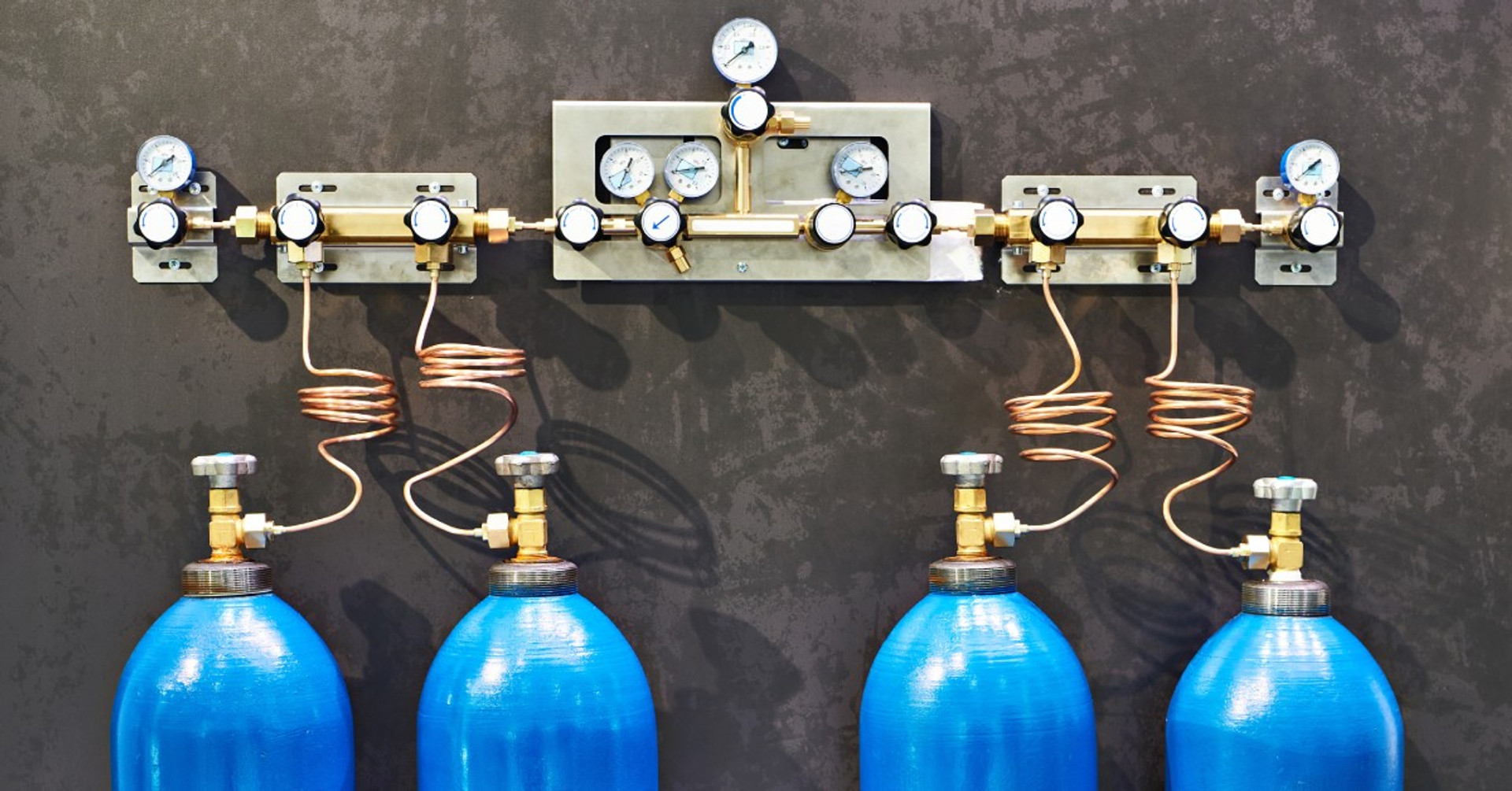Ways To Improve Gas Storage and Delivery Efficiency
Gas storage and delivery are crucial for many businesses that rely on a consistent and cost-effective supply of gases, so there are already many systems in place to accommodate that—but that doesn’t mean they’re all efficient. Improving these processes can lead to significant cost savings, increased safety, and enhanced operational productivity. To reap these benefits yourself, here are some key strategies to optimize your gas storage and delivery systems, ensuring the highest level of efficiency possible.
Optimize Delivery Systems
Enhancing the efficiency of gas delivery starts with optimizing your delivery systems. First and foremost, efficient routing is essential. By planning and optimizing delivery routes, you can reduce travel distances and times, saving fuel and decreasing overall delivery costs. Advanced GPS and routing software can assist in identifying the most efficient delivery paths, taking into account traffic patterns and delivery windows.
Another critical component is the integration of advanced sensor technology. Sensors can monitor the levels of gas in your gas supply equipment in real-time, providing accurate data to delivery systems. This allows for precise scheduling of deliveries, ensuring timely replenishment without overstocking or running out of gas.
Perform Regular Maintenance
Another way to improve the efficiency of your gas storage and delivery is to regularly maintain your gas supply equipment. Poorly maintained equipment can lead to gas leaks, contamination, and inefficient delivery, which can be both costly and dangerous.
Start by establishing a routine maintenance schedule that includes inspections, cleaning, and repairs of storage tanks, cylinders, valves, and delivery systems. Ensuring all components are in good working condition will help prevent leaks and other issues that could disrupt operations. Additionally, keeping detailed maintenance records can help identify recurring problems and inform proactive measures to address them.
You should also keep up with the calibration of sensors and monitoring devices within your system. Accurate sensors are necessary for reliable data on gas levels and delivery needs. Regular calibration ensures that these devices provide precise readings, enabling better decision-making and scheduling of deliveries.
Finally, employee training plays a vital role in maintenance. Ensure that all personnel handling gas storage and delivery are trained in proper maintenance procedures and are aware of the importance of regular upkeep of your gas supply equipment. This will help maintain a culture of safety and efficiency within your organization.
Implement Smart Storage Solutions
If you want to take things a step further, investing in smart storage solutions can significantly enhance the efficiency of gas storage and delivery. One effective approach is the use of high-pressure cylinders, which can store larger amounts of gas in a smaller space compared to traditional cylinders. This reduces the frequency of deliveries needed and minimizes storage space requirements.
Cryogenic storage is another advanced method for storing gases like oxygen, nitrogen, and argon in liquid form at extremely low temperatures. Cryogenic storage systems offer several advantages, including higher storage capacity, reduced evaporation losses, and improved safety. These systems are particularly beneficial for facilities with high gas consumption rates.
Advanced containment technologies can further enhance storage efficiency. For example, self-sealing valves and advanced regulator systems can minimize leaks and ensure precise control over gas flow. Integrated monitoring systems can provide real-time data on gas levels, pressure, and temperature, allowing for better management and optimization of storage conditions.

